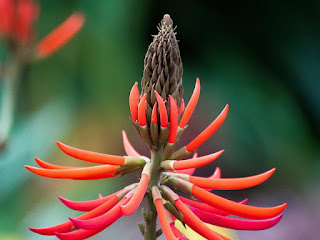Probiotics and Prebiotics

CAN YOU TAKE PREBIOTICS AND PROBIOTICS TOGETHER? A COMPREHENSIVE OVERVIEW Probiotics are a vital component of your immune system, and prebiotics provides the fuel probiotics need to keep you healthy. But why do we need them, and should you take prebiotics and probiotics at the same time? WHAT ARE PROBIOTICS? Probiotics are the ‘good’ bacteria that live in your digestive system. They help your body break down and digest the nutrients in your food, and assist in regulating your immune system, and reducing the development and spread of harmful bacteria. Probiotic foods and supplements contain various types of these good bacteria. They are often used to maintain a healthy balance of gut bacteria or restore probiotics after an illness or course of antibiotics. Different strains of bacteria have different health benefits, and bacteria must have scientifically proven health benefits to be classified as probiotics.1 many foods contain live bacteria associated with health benefits, such as saue


